7 Secrets to Choosing the Best Wall Rack for Your Space
When it comes to optimizing your living space, the importance of selecting the right wall rack cannot be overstated. According to a report by Statista, the demand for efficient storage solutions continues to surge, with the global furniture market projected to reach $650 billion by 2025. As we've transitioned towards smaller living environments, wall racks have emerged as indispensable tools for maximizing vertical space and maintaining organization. In fact, a survey conducted by the National Kitchen & Bath Association found that 75% of homeowners prioritize multi-functional furniture, underscoring the significant role that wall racks play in contemporary interior design. However, with a plethora of options available, choosing the best wall rack tailored to your specific needs can seem daunting. In this guide, we unveil seven essential secrets to help you make an informed decision that harmoniously blends aesthetics and functionality while enhancing your personal space.
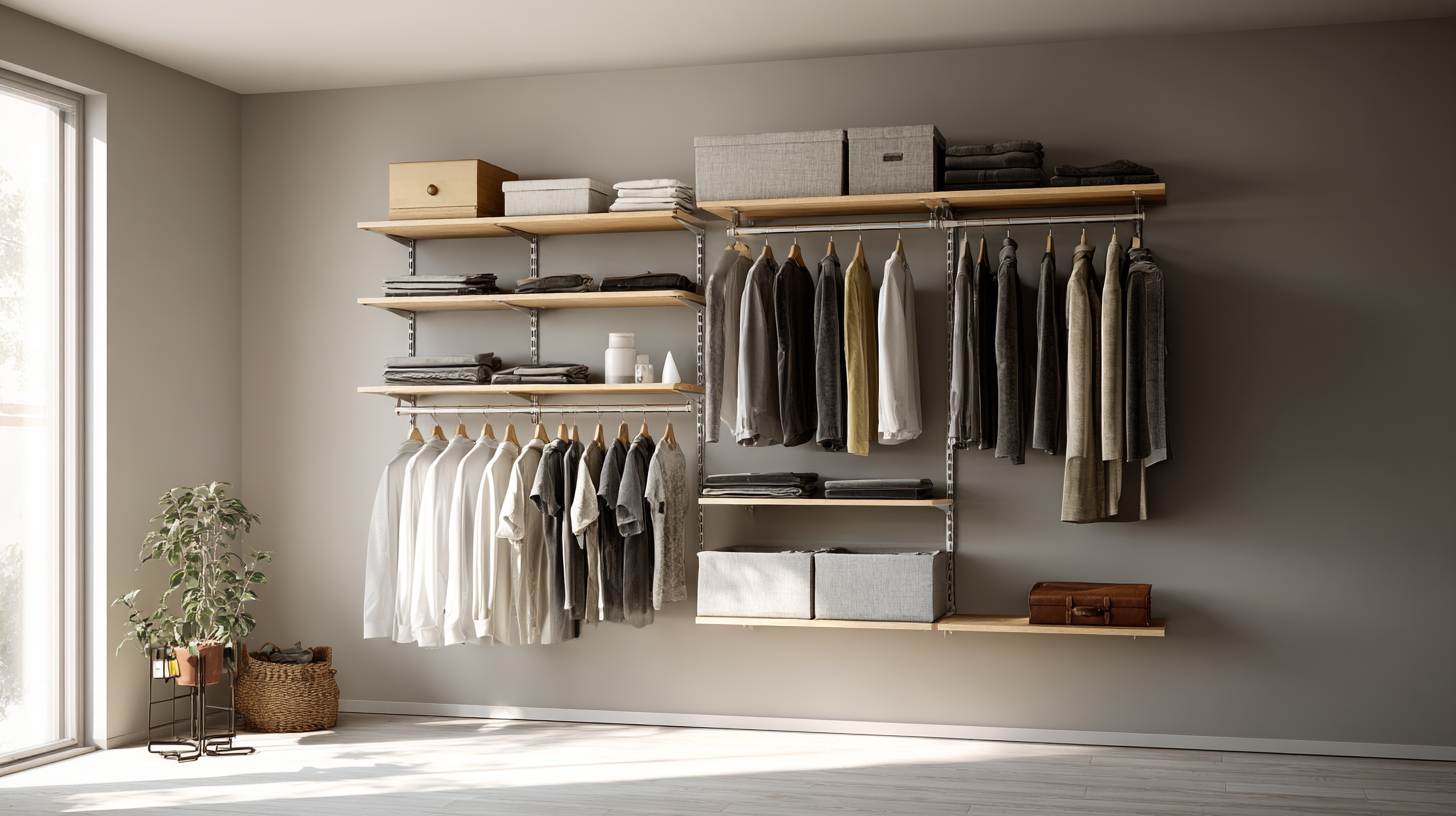
Understanding Your Space: Measuring Dimensions and Assessing Design
When selecting a wall rack, the first step is to thoroughly understand your space by measuring dimensions accurately. Begin by measuring the height, width, and depth of the designated area where the rack will be installed. It is crucial to account for any obstacles such as doors, windows, or outlets that might affect the overall placement and functionality of the rack. Using a tape measure, jot down the measurements, and consider creating a scaled drawing to visualize how the rack will fit within the limits of your space.
Next, assess the design elements in your room to ensure the wall rack complements the existing décor. Consider the color, material, and style of your furniture and wall finishes. A rustic wooden rack may enhance a cozy, country-themed room, while sleek metal designs might suit a modern, minimalist aesthetic. By harmonizing the rack's design with your space, you not only optimize functionality but also enhance the overall visual appeal of the area. Prioritizing both dimensions and design will ensure that your choice of wall rack is practical and aesthetically pleasing.
Wall Rack Dimensions and Design Preferences
Identifying Your Needs: Functionality and Purpose of the Wall Rack
When choosing the best wall rack for your space, it's crucial to clearly identify your needs, considering both functionality and purpose. A wall rack can serve multiple roles, from storage solutions to decorative accents, and understanding its intended use will guide your selection. According to the PwC Global Internal Audit Study 2023, organizations are increasingly turning to innovative solutions to optimize internal processes, which highlights the importance of efficiently utilizing available space through smart storage solutions like wall racks.
Moreover, as generative AI technology continues to evolve and integrate into various aspects of our lives, it may also influence how we design and utilize living spaces. For example, AI-driven design tools can help visualize how different wall racks will fit within a room, enhancing both aesthetics and functionality. A report shows that nearly 50% of businesses consider AI a critical factor in improving their operational efficiency. Thus, harnessing modern technology and understanding your specific needs can lead to better decision-making when selecting the right wall rack that complements your environment while promoting efficiency.
7 Secrets to Choosing the Best Wall Rack for Your Space - Identifying Your Needs: Functionality and Purpose of the Wall Rack
| Feature | Description | Purpose | Best for |
|---|---|---|---|
| Material | High-quality wood, metal, or plastic | Durability and aesthetics | Home and office uses |
| Size | Variety of sizes from small to large | Fits different spaces | Small apartments to large rooms |
| Weight Capacity | Varies by design, typically 10-50 lbs | Holds various items securely | Books, plants, decor |
| Style | Modern, rustic, minimalist | Enhances decor | Various interior designs |
| Functionality | Adjustable shelves, hooks | Versatile usage | Multifunctional spaces |
| Installation | Wall-mounted or freestanding | Ease of setup | DIY projects and professional setups |
| Cost | Ranges from budget to high-end | Affordability options | Every budget range |
Material Matters: Choosing Durable and Aesthetic Options
When it comes to selecting the best wall rack for your space, the choice of materials plays a crucial role in both durability and aesthetics. Material innovations in interior design have shown that options like metal, wood, and sustainable composites can dramatically influence the longevity and visual appeal of your wall rack. Recent studies reveal that materials such as engineered wood and bamboo not only enhance durability but also contribute to a sustainable environment, making them a preferred choice for eco-conscious consumers.
Moreover, in the realm of building and design, emerging trends emphasize the importance of material efficiency. Reports indicate that sustainable materials continue to gain traction, driven by advancements in technology that enhance their performance while reducing environmental impact. For instance, the adoption of recycled materials is not only beneficial from a sustainability perspective but can also provide unique aesthetic qualities that elevate the overall design. As you choose a wall rack, consider these durable and aesthetically pleasing options to complement your space beautifully while being mindful of their environmental footprint.
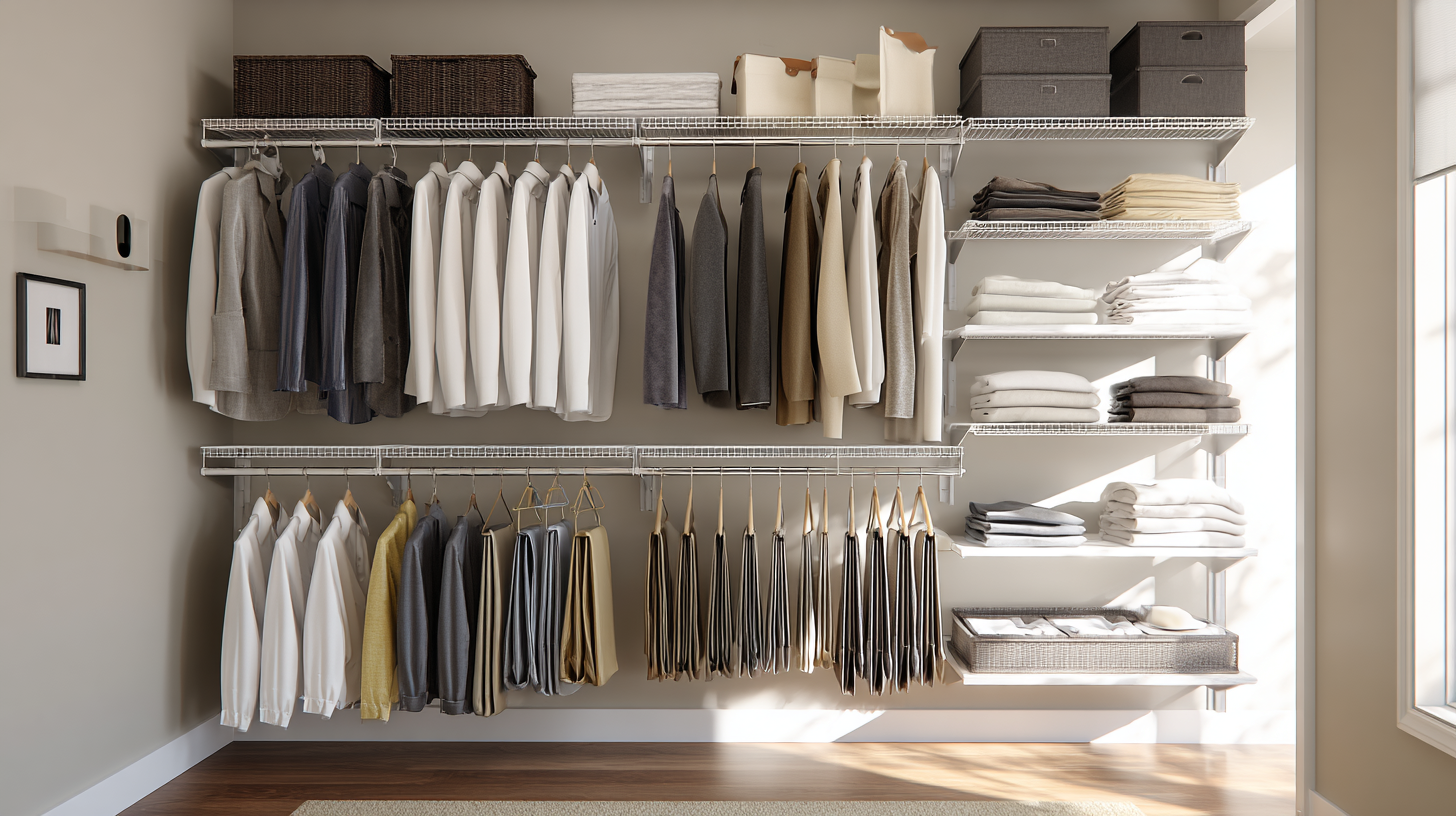
Style Selection: Aligning the Wall Rack with Your Interior Decor
When selecting a wall rack for your space, aligning it with your interior decor is crucial to creating a cohesive look. Start by considering the existing color palette of the room. A wall rack in a complementary color can enhance the room's aesthetic, while a contrasting hue can add a bold statement. For instance, if your decor predominantly features earth tones, a rustic wooden wall rack may seamlessly integrate, while a sleek metallic option could provide an intriguing contrast in a minimalist setting.
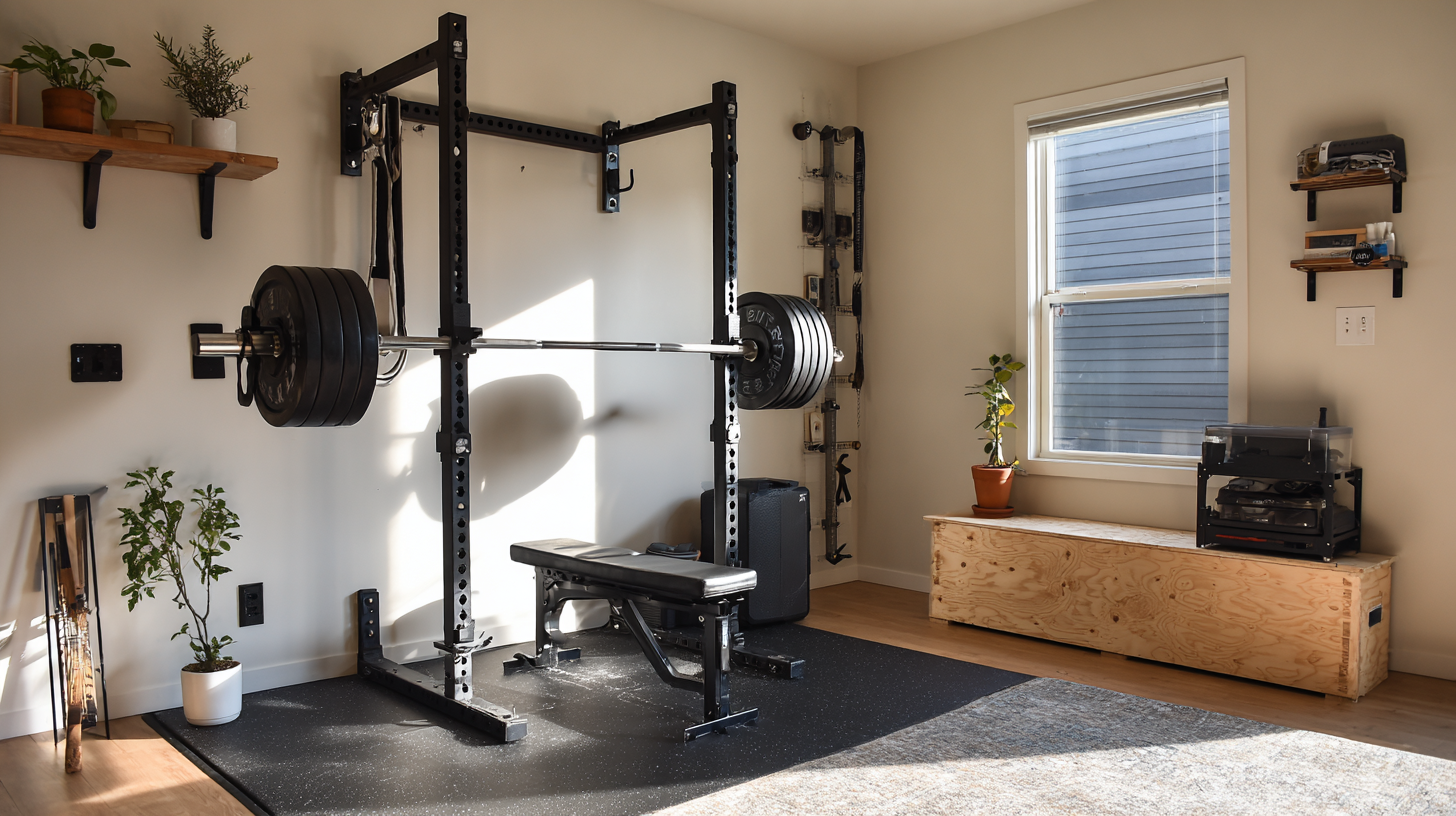
In addition to color, think about the materials and styles that resonate with your overall design theme. A vintage-inspired wall rack made from reclaimed wood can add character to a cozy, farmhouse-style room, whereas a minimalist metal rack may better suit a contemporary space.
Pay attention to the details—such as the finish and hardware—ensuring that they match or harmonize with other elements in the room, like lighting fixtures or furniture. This attention to detail will not only enhance the aesthetic appeal but also create a well-thought-out, inviting atmosphere.
Installation Considerations: Ensuring Stability and Ease of Use
When selecting a wall rack, installation considerations play a critical role in ensuring both stability and ease of use. Proper installation guarantees that your rack can withstand weight and usage without compromising safety. Start by assessing the wall material—whether it’s drywall, concrete, or brick—as this will determine the type of anchors and screws needed. For drywall, using toggle bolts can provide extra support, while masonry walls may require specific concrete screws.
Tip: Always use a level during installation to ensure your rack is straight. This not only enhances the aesthetic appeal but also prevents items from tipping or falling off. Additionally, be mindful of the weight distribution; placing heavier items on the bottom and lighter ones on top will keep your wall rack stable.
Another crucial aspect is the accessibility of the rack. Consider the height and location of the installation to ensure that items are easily reachable. Avoid placing racks in areas that may obstruct movement or accessibility, especially in high-traffic regions of your home.
Tip: If you plan to use the rack for daily items, such as kitchen utensils or tools, install it at a comfortable height for quick access.
Related Posts
-

7 Essential Wall Shelving Tips for Global Buyers Seeking Storage Solutions
-

Ultimate Guide to Selecting the Right Wall Mount Bracket for Your Global Sourcing Needs
-

7 Essential Tips for Choosing the Perfect Wall Mount Racks
-
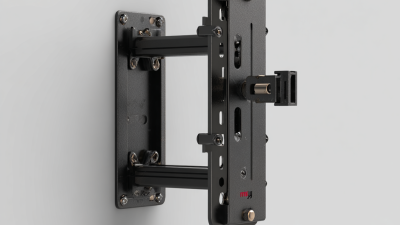
Top Industry Standards and Seven Key Reasons to Choose the Best Wall Bracket
-
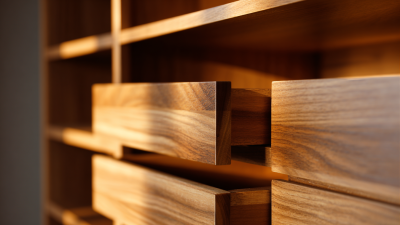
Step-by-Step Guide to Choosing the Perfect Shelves with Drawers for Your Home
-

Mastering Installation Techniques for Wall Mounted Cabinets That Maximize Space Efficiency
